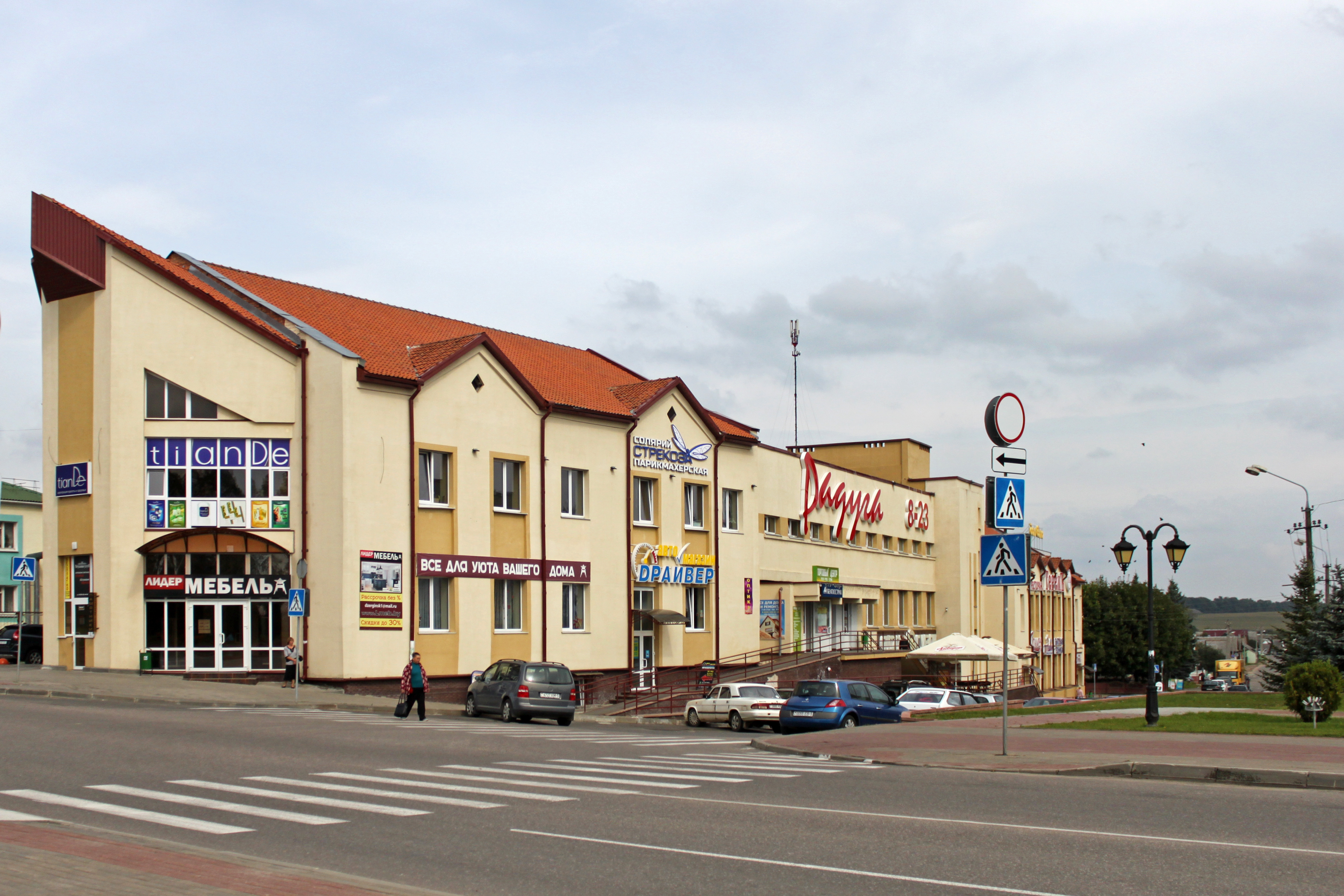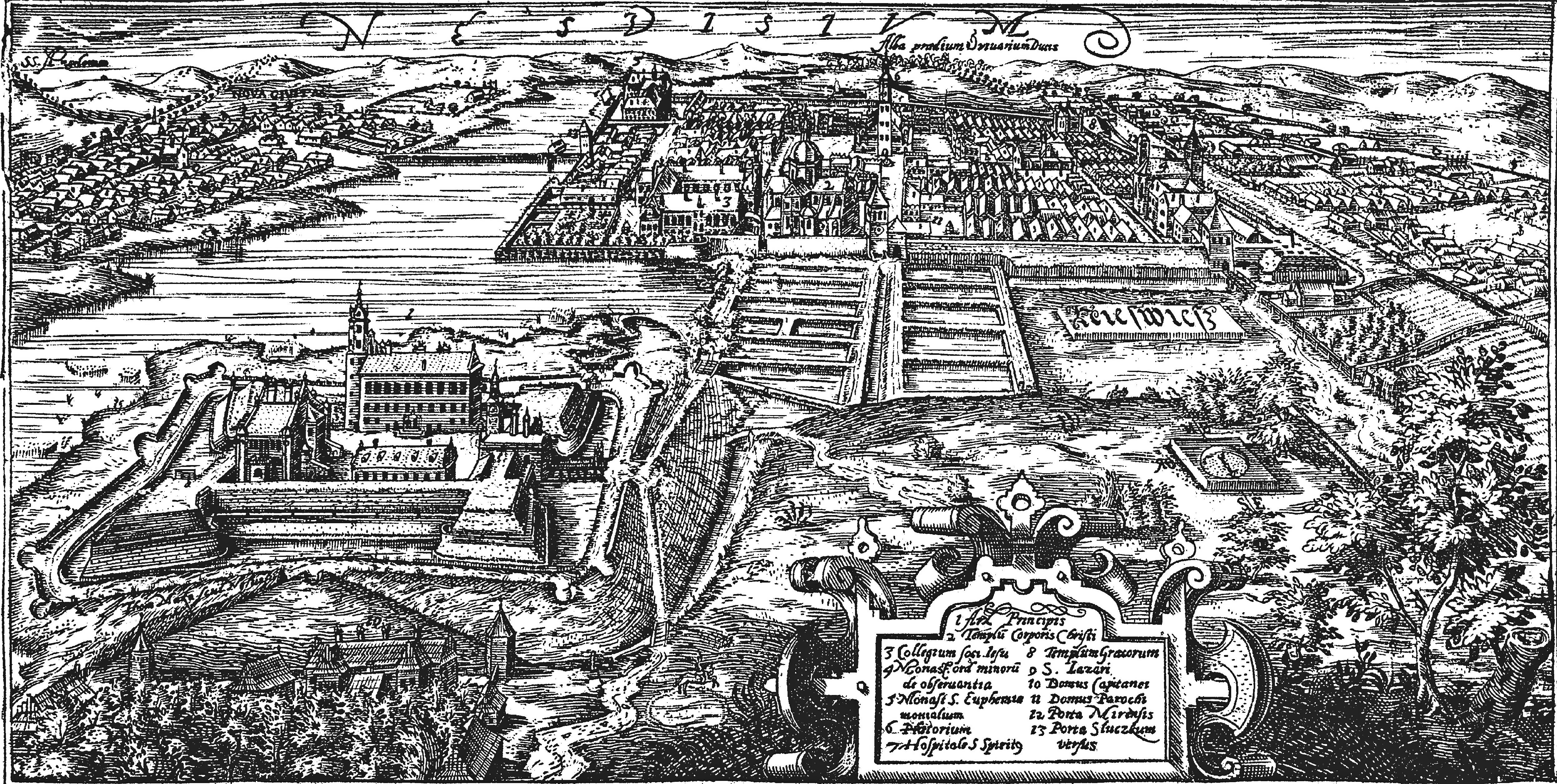|
M1 Highway (Belarus)
The M1 ( be, Магістраль М1), Magistral Route Nr. 1, olimpijka (russian: олимпийка) is a main road crossing Belarus. It is a part of European route E30 and is the most important road in the country, connecting Moscow to Poland and Western Europe. Running from east to west, the road runs from the Russian frontier via Orsha, Barysaw, Minsk, the capital, and Baranavichy to the Polish frontier at Brest. It follows the country's main transit axis, running parallel with the main Warsaw-Minsk-Moscow railway line. Between Orsha (0.5 km west of intersection with P87 road) and Kobryn ( M10), a stretch of approximately , the M1 is signed as expressway Expressway may refer to: * Controlled-access highway, the highest-grade type of highway with access ramps, lane markings, etc., for high-speed traffic. * Limited-access road, a lower grade of highway or arterial road. *Expressway, the fictional s .... References {{Highways in Belarus Roads in Belarus Internati ... [...More Info...] [...Related Items...] OR: [Wikipedia] [Google] [Baidu] |
Brest, Belarus
Brest ( be, Брэст / Берасьце, Bieraście, ; russian: Брест, ; uk, Берестя, Berestia; lt, Brasta; pl, Brześć; yi, בריסק, Brisk), formerly Brest-Litovsk (russian: Брест-Литовск, lit=Lithuanian Brest; be, links=no, translit=Berastze Litouski (Berastze), Берасце Літоўскі (Берасце); lt, links=no, Lietuvos Brasta; pl, links=no, Brześć Litewski, ), Brest-on-the-Bug ( pl, links=no, Brześć nad Bugiem), is a city (population 350,616 in 2019) in Belarus at the border with Poland opposite the Polish city of Terespol, where the Bug (river), Bug and Mukhavets rivers meet, making it a border town. It is the capital city of the Brest Region. Brest is a historical site for many cultures, as it hosted important historical events, such as the Union of Brest and Treaty of Brest-Litovsk. Furthermore, the Brest Fortress was recognized by the Soviet Union as a Hero Fortress in honour of the defense of Brest Fortress in Jun ... [...More Info...] [...Related Items...] OR: [Wikipedia] [Google] [Baidu] |
Zhodzina
Zhodzina (officially transliterated as Žodzina, also spelled Zhodino, be, Жо́дзіна, , russian: Жо́дино, , pl, Żodzino, is a city in Belarus, located in the Minsk Region, 50 km north-east of Minsk. The city covers an area of 19 km² and has a population of 65,451 (2021). History The settlement is first mentioned in 1688, belonging to the Radziwiłł family. It has had city status since 1963. On 13 August 2020, Zhodzina was the site of the first large-scale worker strike in Belarus, at the BelAZ automobile plant, in protest of the contested results of the 2020 Belarusian presidential elections. Geography The city, the most populated in the Smalyavichy District, is situated north-east of Minsk and south-west of Barysaw. Zhodzina is divided by the Plisa river, and it has a small lake in its southern suburb. Education There are nine schools, two high schools, one professional lyceum and Zhodzina Polytechnical College in the city. Currently, there a ... [...More Info...] [...Related Items...] OR: [Wikipedia] [Google] [Baidu] |
Smalyavichy
Smalyavichy; russian: Смолевичи, Smoleviči; yi, סמאָלאָוויטש / Смоловіч, Smolovich; pl, italic=no, Smolewicze / Смолэвичэ; lt, italic=no, Smaliavičai / Смалявичай is a city in Minsk Region, Belarus, capital of the Smalyavichy District. It is situated by the Plisa River. Sport The local football club is the , playing in the . Its home ground is the |
Minsk International Airport
Minsk National Airport, formerly known as Minsk-2 (, ; russian: Национальный аэропорт Минск), is the main international airport in Belarus, located 42 km (26 mi) to the east of the capital Minsk, geographically lying in the territory of Smalyavichy Raion but administratively being subordinated to Kastrychnitski District of Minsk. The airport serves as hub of the Belarusian flag carrier Belavia and the cargo carriers TAE Avia,ch-aviation.com - TAE Avia retrieved 9 April 2022 Genex and Rubystar Airways. History Early years Construction of Minsk-2 airport began in 1977. In ...[...More Info...] [...Related Items...] OR: [Wikipedia] [Google] [Baidu] |
Dzyarzhynsk
Dzyarzhynsk or Dzerzhinsk, formerly Koidanova or Koydanava ( be, Дзяржы́нск, Dziaržynsk, formerly , ; russian: Дзержи́нск, Dzerzhinsk, formerly , ; pl, Kojdanów; yi, קוידאַנאָוו, Koydanov; lt, Kaidanava), in the Dzyarzhynsk District of Belarus, is a city with a history dating to the 11th century. History In the Middle Ages, the village belonged to the Radziwiłłs, a Polish–Lithuanian aristocratic family. Jewish community Jews lived in Koidanova as early as 1620. Koidanova became the site of a new Hasidic Jewish dynasty in 1833 when Rabbi Shlomo Chaim Perlow (1797–1862) became the first Koidanover Rebbe. He was succeeded by his son, Rabbi Boruch Mordechai Perlow (1818–1870), grandson, Rabbi Aharon Perlow (1839–1897), and great-grandson, Rabbi Yosef Perlow of Koidanov-Minsk (1854-1915), who was the last Koidanover Rebbe to live in the town. After World War I, the dynasty was moved to Baranovichi, then in Poland. In 1847, ... [...More Info...] [...Related Items...] OR: [Wikipedia] [Google] [Baidu] |
Stowbtsy
Stowbtsy ( be, Стоўбцы, ''Stoŭbcy'', ) or Stolbtsy ( rus, Столбцы, , stɐlˈptsɨ; pl, Stołpce; yi, סטויבץ ''Steibtz'', lt, Stolpcai) is a town in Minsk Region, Belarus, the administrative center of the Stowbtsy District. It is located at the Neman River. The population is approximately 15,400. Name origin "Stowbtsy" means "columns" or "posts" in Belarusian. A suggested version for the name origin: once the Neman River was very deep, and sailing boats had to be tied to wooden posts to secure the boats against a strong flow of the river. History The city was founded in 1593. For a long time it was a ''shtetl'' with significant Jewish population. In August 1924, while Stowbtsy was part of the Second Polish Republic, the town was the site of a Soviet-Polish border incident in which a company of Soviet raiders attacked its police station and government building in order to free two imprisoned communist activists (see Soviet raid on Stołpce). In June 1941, t ... [...More Info...] [...Related Items...] OR: [Wikipedia] [Google] [Baidu] |
Nyasvizh
Nesvizh, Niasviž ( be, Нясві́ж ; lt, Nesvyžius; pl, Nieśwież; russian: Не́свиж; yi, ניעסוויז; la, Nesvisium) is a city in Belarus. It is the administrative centre of the Nyasvizh District (''rajon'') of Minsk Region and site of Niasviž Castle, a World Heritage Site. Its 2009 population is 14,300. History Nesvizh was first documented in 1223. It was part of the Grand Duchy of Lithuania until 1793, but the Grand Duchy was part of the Polish–Lithuanian Commonwealth since 1569. In the 15th century, while still a minor town, it belonged to the Kiszka family and later to the Radziwiłł family, and remained the family's seat until 1813. In 1561 or 1562 Maciej Kawęczyński founded the print works of the Polish Brethren. The first Belarusian language book printed in Latin script, a catechism by Symon Budny, was published in Nesvizh in 1562. The ''Nieśwież Bible'' ('' Biblia nieświeska''), one of the oldest Polish translations of the Bible, also by ... [...More Info...] [...Related Items...] OR: [Wikipedia] [Google] [Baidu] |
Haradzeya
Haradzeya ( be, Гарадзея, russian: Городея, pl, Horodziej, lt, Gorodėja) is an urban-type settlement in Belarus, located in the Nyasvizh District of Minsk Region. History The first known documental record of the village dates back to 1530. Horodziej was a privately owned village located in the Nowogródek County of the Nowogródek Voivodeship of the Polish–Lithuanian Commonwealth until the Second Partition of Poland (1793) when it was annexed by Tsarist Russia. Initially, the village often changed owners, before it became the property of the powerful Radziwiłł family in 1575. A Roman Catholic church was built in the 17th century. The village was briefly occupied by the Germans in 1918 and after Poland regained independence (1918) it came under Polish administration in 1919 and was finally reintegrated with Polish territory after the Polish-Soviet War (1919–1921). Administratively Horodziej was part of the Nowogródek Voivodeship. After the destructi ... [...More Info...] [...Related Items...] OR: [Wikipedia] [Google] [Baidu] |
Ivatsevichy
Ivacevičy ( be, Івацэ́вічы, russian: Ивацевичи, pl, Iwacewicze, lt, Ivasevičai) is a city in the Brest Province of Belarus, an administrative center of the Ivacevičy district. Sports Belarusian football club FC Ivatsevichi was based in here in 2018 World War II Within the Grand Duchy of Lithuania, Ivatsevitshy was part of Nowogródek Voivodeship. In 1795, the town was acquired by the Russian Empire in the course of the Third Partition of Poland From 1921 until 1939, Ivatsevichy (''Iwacewicze'') was a provincial city in the Second Polish Republic, the seat of Kosów county with the population of around 1,500. It belonged to Polesie Voivodeship region of eastern Kresy, with a notable Jewish population. In September 1939, Ivatsevichy was occupied by the Red Army and, on 14 November 1939, incorporated into the Byelorussian SSR. Following the Invasion of Poland, the number of Jews in Ivatsevichy greatly increased due to influx of refugees from the Nazi-occ ... [...More Info...] [...Related Items...] OR: [Wikipedia] [Google] [Baidu] |
Byaroza
Biaroza ( be, Бяро́за, official Belarusian romanization standard: ''Biaroza'', formerly Бяро́за-Карту́зская; rus, Берёза, Beryoza; pl, Bereza Kartuska; Yiddish: קאַרטוז־בערעזע, tr. ''Kartùz-Bereze'') is a town of 31,000 inhabitants (1995) in Western Belarus in the Brest Region. It is the administrative center of the Byaroza District. History The village of Biaroza (meaning ''birch'') was first mentioned in 1477 as part of the Slonim paviet. In the 15th century, the village probably received the town charter. Between 1538 and 1600 it was an important centre of Calvinism. Later the town became the private property of the Radziwiłł family. In the Polish–Lithuanian Commonwealth In the 17th century, the village belonged to Sapieha family, who founded a fortified monastery and a palace here. In 1648, the monastery was presented to the Carthusian monks. They came from the Italian town of Treviso and settled here. In gratitude for ... [...More Info...] [...Related Items...] OR: [Wikipedia] [Google] [Baidu] |




